9 Fascinating Facts About Lake Victoria Cichlids (Uganda): 45 Species List
In this post, you’ll learn about Lake Victoria cichlids. We include a list of 45 popular cichlid species, habitat, diet and more. Plus lots of photos and videos!
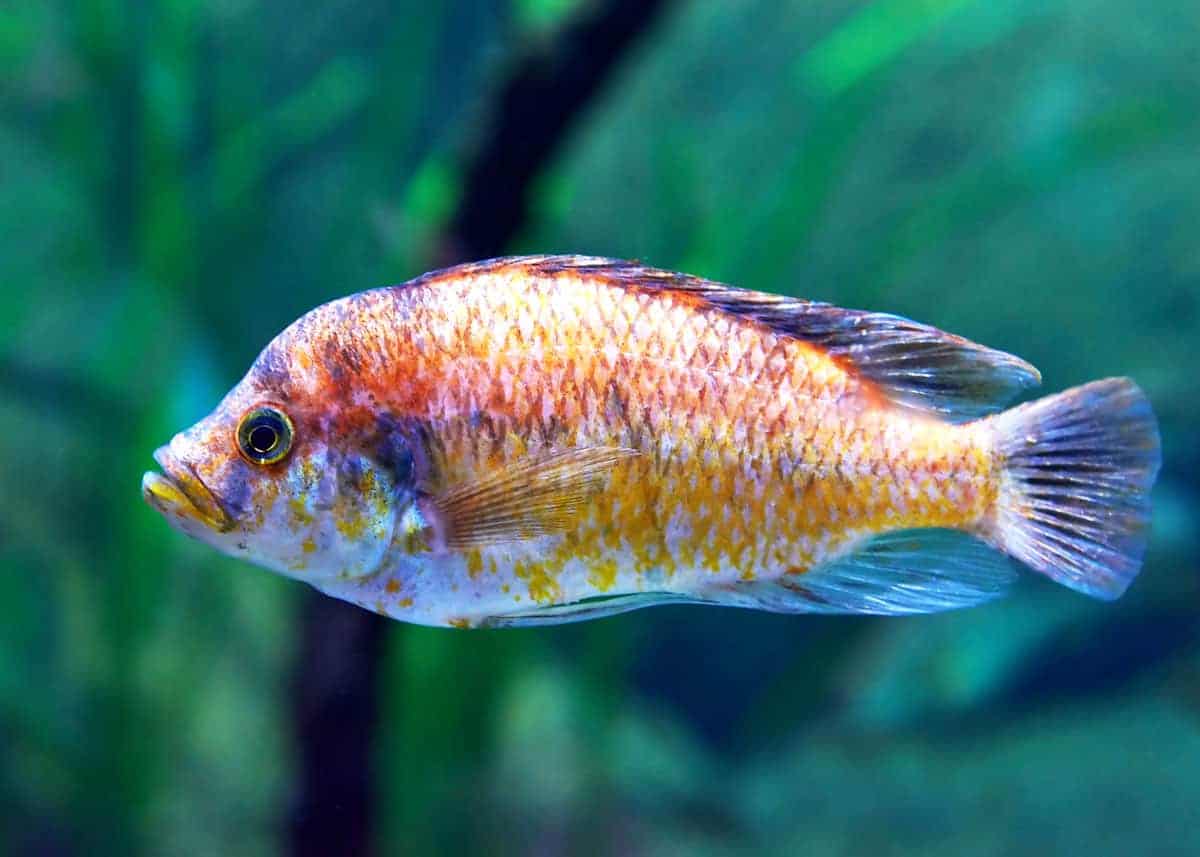
9 Fascinating Facts About Lake Victoria Cichlids
What’s a cichlid? It is a good question, they aren’t commonly known – at least by their name.
The truth is however, you’re probably more familiar with cichlids than you think.
What is a cichlid? A cichlid is a fish that lives in tropical, freshwater and is usually pretty small in size*. They are from the family Cichlidae in the order Perciformes. Cichlids are related to wrasses, damselfishes, and surfperches.
The cichlid family has more than 1650 species scientifically described, with new species being discovered every year.
*While most are small, some can grow as long as 36″ (90cm). Here’s more about the world’s 10 largest cichlids.
Cichlids are commonly kept in home aquariums and often sourced from Lake Victoria and Lake Malawi.
Whether you know someone with a personal aquarium or you have been to an aquatic zoo like Sea World, chances are you have seen a cichlid in person.
Uganda is home to many different types of cichlids, thanks to the tropical waters of Lake Victoria. If you plan to visit, it wouldn’t hurt to learn a little about one of the most popular residents of the Great Lake: the cichlid.
Here is a list of nine fascinating facts about Lake Victoria cichlids that you can use to impress your family and friends with while visiting.
1. There Are Literally Countless Different Types Of Cichlids
Did you know that there new species of cichlids being discovered every year? That’s right, and there doesn’t seem to be any sign of it slowing down either. Scientists discover new cichlids on an annual basis and have to assign a Latin scientific name for each and every one.
The fact is that there are so many different types of cichlids that scientists are incapable of even keeping count.
There is no accurate total number of cichlid species on the record – because many species remain undescribed. It is, however, estimated that there has been between 2,000 and 3,000 species discovered so far. That sure is a lot cichlids!
45 of the Most Popular Cichlids of Lake Victoria
- Astatoreochromis alluaudi
- Enterochromis paropius (broken bar)
- Haplochromis sp. #44 (thickskin)
- Haplochromis sp. (blue obliqidens)
- Haplochromis sp. (finebar scraper)
- Haplochromis sp. (flameback)
- Haplochromis sp. (Kenya gold)
- Haplochromis sp. (KK Beach)
- Haplochromis sp. (red tail sheller) aka Blue Neon
- Haplochromis thereuterion
- Harpagochromis sp. (orange rock hunter)
- Harpagochromis cf. vonlinnei
- Labrochromis ishmaeli
- Lipochromis sp. (Matumbi hunter)
- Lipochromis melanopterus
- Lipochromis parvidens (red)
- Lithochromis rubripinnis aka Blue Pseudonigricans
- Lithochromis rufus aka Red Pseudonigricans
- Lithochromis xanthopteryx aka Black Pseudonigricans
- Mbipia lutea (Makobe Island)
- Neochromis greenwoodi
- Neochromis omnicaeruleus (Makobe Island) aka blue scraper
- Neochromis rufocaudalis (Makobe Island)
- Neochromis rufocaudalis (Saa Nane)
- Paralabidochromis chilotes Zue Island
- Paralabidochromis chilotes Ruti Island
- Paralabidochromis chromogynos
- Haplochromis (Paralabidochromis) sauvagei Mwanza Gulf aka Rock Kribensis
- Haplochromis (Paralabidochromis) sauvagei Uganda aka Blue Rock Kribensis
- Prognathochromis perrieri
- Psammochromis riponianus
- Ptyochromis sp. (salmon) aka Hippo Point Salmon
- Ptyochromis sp. (red rock sheller)
- Pundamilia igneopinnis
- Pundamilia Pundamilia aka Hippo Point Blue Bar
- Pundamilia sp. (crimson tide)
- Pundamilia nyererei (Anchor Island)
- Pundamilia nyererei (Makobe Island)
- Pundamilia nyererei (Mwanza Gulf)
- Pundamilia nyererei (Ruti Island)
- Pundamilia sp. (red flank)
- Pundamilia sp. (red head)
- Yssichromis sp. (blue tipped)
- Yssichromis pyrrhocephalus
- Xystichromis phytophagus aka Xmas Fulu
List source african-cichlid.com
2. Cichlids Usually Look Pretty Similar
Despite there being so many different types of these fish, there is not a whole lot of diversity in terms of appearance. There are exceptions to the rule, with some cichlids reaching nearly 3 feet in length and have a more streamlined shape.
For the most part, however, a cichlid will be on the smaller side and have something like oval body shape.
One physical feature that really sets cichlids apart from most other fish is the number of nostrils that they have. Yes, fish have nostrils. In fact, most have about four. Cichlids are bit more old school though and only have two. Just like us then, except that our nostrils are not on either side of our forehead.
3. Cichlids Love The Tropics
Every person has thought at some point or another about how great it would be to live in a tropical paradise. Cichlids are one type of fish that will settle for nothing short of tropical weather. Every species of cichlid calls the warm waters of either Africa or the southern United States, Central America or South America, home.
Learn more about others animals in Uganda
4. Cichlids Don’t Swim Deep
Most of them also don’t like to swim to deep, with the vast majority of cichlid species being shallow water dwellers.
That means that if you visit Lake Victoria and look down at the water, at some point it is very likely that you will catch a glimpse of a cichlid or two. How exciting!
5. Cichlids Have Teeth in their Throat
Do you have a pair of teeth in your throat? No? Too bad, because every species of cichlid does. What they do with those teeth is a whole different matter of course. While the majority of cichlids are primarily herbivores, there some exceptions.
6. Cichlids Primarily Eat Algae
What does a vegetarian cichlid eat anyhow? The answer is algae. Lots and lots of algae.
7. Carnivore Cichlids Are Tricky Hunters
With that being said, some cichlids are hardcore carnivores. It kind of makes sense when you have a pair of teeth in your throat, but it is still very impressive.
Some meat eating cichlids will play dead until a smaller fish comes along and then SNAP! That is the end of Nemo. Other carnivorous cichlids are very picky eaters and will only eat the fins and scales of their prey.
8. Cichlids Are Surprisingly Good Parents
It is perfectly reasonable to assume that a small-brained fish is not going to care much about its young. Cichlids are actually pretty fantastic parents, at least by fish standards.
All species of cichlids show some form of care for their young, but how they show that care differs among species.
- Every species will babysit unhatched eggs in order to ensure that they are not eaten by predators. While this is where it stops for some cichlids, many others go the extra mile.
- This means that some also nurture free-swimming larvae, either as a group or individually.
- They will swim alongside the young fish to ensure that it is not left behind by the school, as well as to see that it gets the proper amount of nutrients.
Watch 3 Male Cichlids Fight Over Female
These are Pundamilia Nyererei (Ruti Island) from Lake Victoria
9. Many Cichlids Species Have Gone Extinct
While there are more species of cichlids being discovered every year, not all of the discovered species are still with us. In fact, of the estimated 2,000 to 3,000, several hundred species have already gone extinct.
Lake Victoria is Cichlid Central
If you are looking for cichlids though, Lake Victoria is still the best place to do it. Africa is home to over a thousand different types of cichlids and most of them can be found in the tropical waters of Lake Victoria. The fact that Lake Victoria is the world’s largest tropical lake is probably why it is such a popular home for cichlid species.
This is also why so many of the tropical fish that you see in aquariums are cichlids. With such an abundance of cichlids to choose from, Lake Victoria has long been a hotspot for those looking to catch fish to sell, whether for food or as pets.
Fishing is a perfectly respectable practice, but it should be done while taking into consideration the population numbers of the fish that are being harvested. This has not always been common practice, unfortunately, which is why the cichlid capital of the world has seen several species die off and go extinct.
Also, don’t forget to visit Uganda if you would like to see a bunch of Lake Victoria cichlids in action. Or just go to your local pet store and look at them. You decide which is more interesting.
Your Turn
Have you seen cichlids before? Do you have a favorite? Join us in the comments.

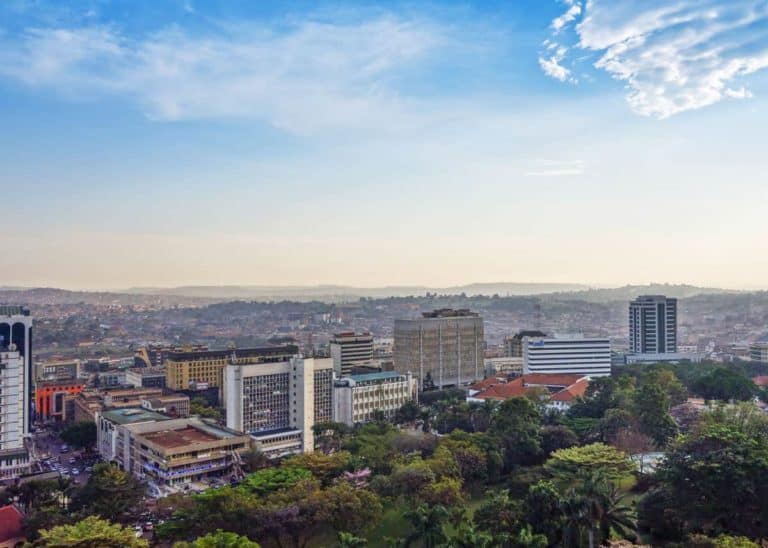
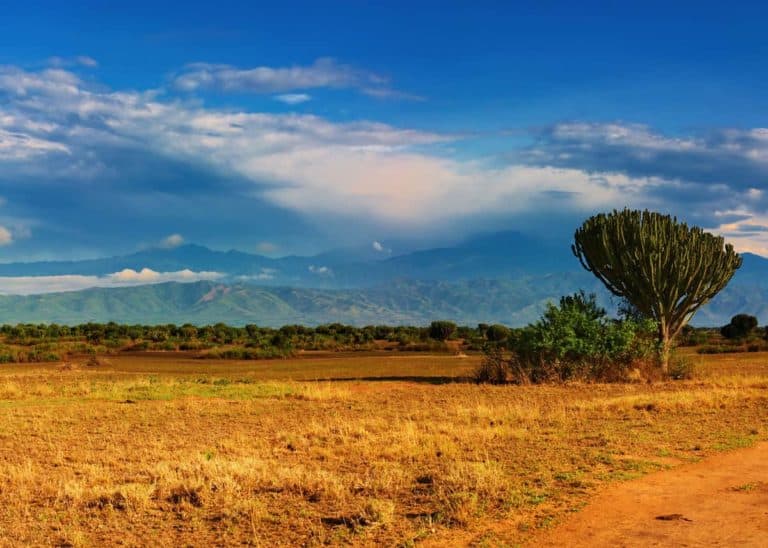
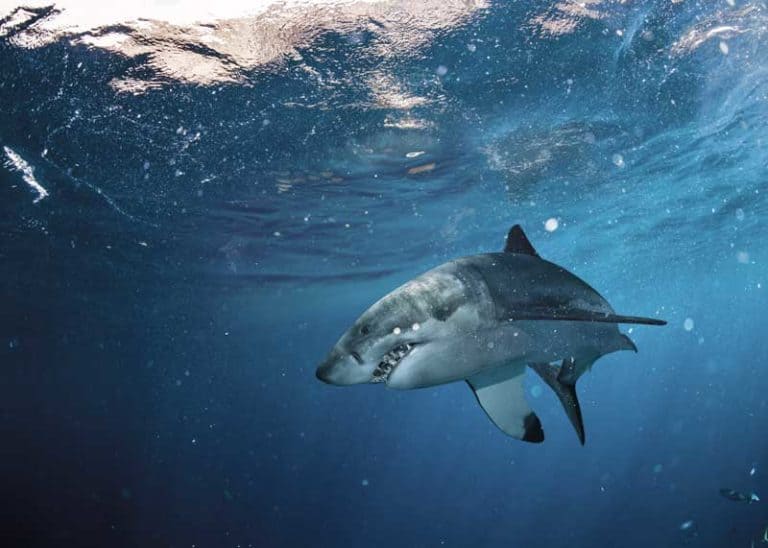

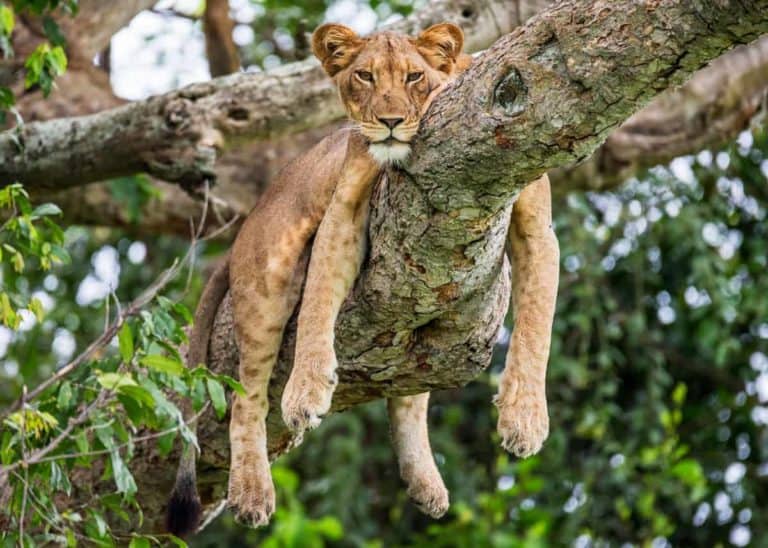
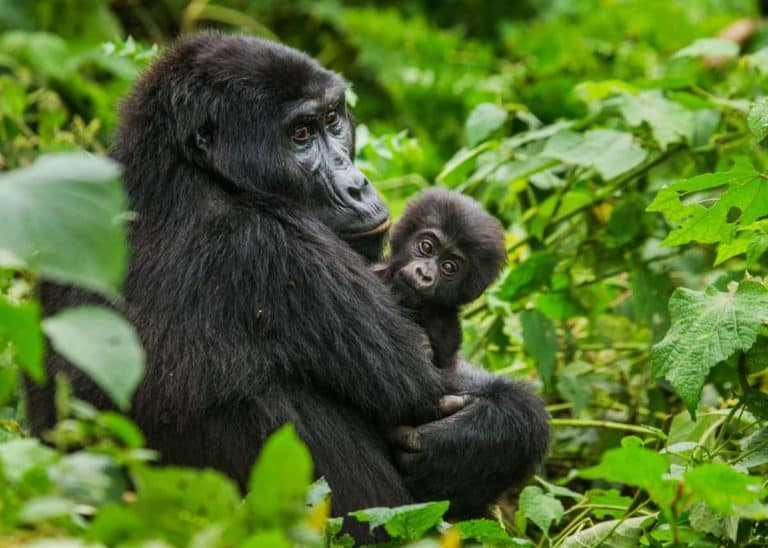
Quite an informative article Mr.Haines but you still have not told me where to buy the cichlids from in Kampala.
I would really appreciate it if you pointed me in a certain direction. I love fish and aquarium things. Recently started collected a few different species and cichlids are on my recent collection lst.
Thank you
Ruth